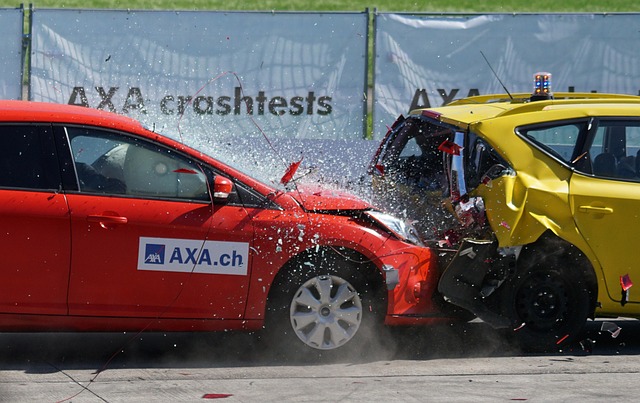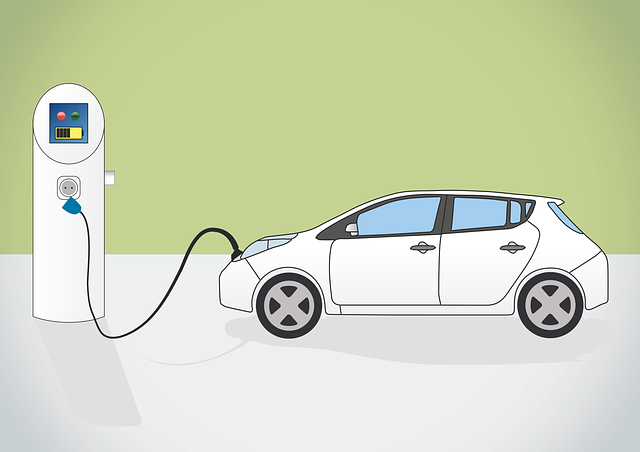Pedestrian accidents cause a spectrum of injuries, from fractures to life-altering traumas, with slip and fall incidents also causing significant harm. Recent data shows a rise in pedestrian-related hospitalizations, primarily due to urbanization, congestion, and vehicular traffic. Young adults are particularly vulnerable due to impulsive behavior and lack of traffic knowledge. Communities are reevaluating safety measures, including infrastructure improvements and public awareness campaigns, to reduce accident rates and compensation claims, creating safer environments. Effective prevention and understanding these pedestrian accident injuries are crucial for mitigating risks and avoiding legal repercussions.
Pedestrian accident injuries are a significant public health concern, leading to substantial hospitalization rates and long-term impacts. This article provides a comprehensive overview of understanding pedestrian accident injuries, delving into hospitalization trends, and highlighting key statistics that underscore the need for enhanced public safety awareness. By examining these data points, we aim to foster a more informed approach to mitigating risks and improving outcomes for pedestrians across various demographics.
- Understanding Pedestrian Accident Injuries: A Comprehensive Overview
- Hospitalization Rates and Trends in Pedestrian-Related Incidents
- Key Statistics and Their Implications for Public Safety Awareness
Understanding Pedestrian Accident Injuries: A Comprehensive Overview

Pedestrian accidents can result in a wide range of injuries, from minor scrapes and bruises to severe, life-altering traumas. Understanding these injuries is essential for several reasons, including prevention and effective treatment planning. In many cases, the impact of a collision can lead to complex medical issues that require long-term care.
Common pedestrian accident injuries include fractures, head trauma, spinal injuries, internal bleeding, and soft tissue damage such as whiplash. Slip and fall accidents, while less severe than vehicle collisions, can also cause significant harm, including broken bones, sprains, and head injuries. In extreme cases, these injuries may lead to prolonged hospitalization, extensive medical treatments, and even permanent disabilities. Furthermore, when negligence or fiduciary duty breaches contribute to such accidents, accident settlements may be sought to compensate victims for their pain, suffering, and related expenses.
Hospitalization Rates and Trends in Pedestrian-Related Incidents

Hospitalization rates for pedestrian-related incidents have become a critical area of interest for safety advocates and researchers alike. Over the years, there has been a notable trend in the statistics, with a significant rise in the number of pedestrians requiring hospitalization due to accidents. This surge can be attributed to various factors, including increasing urbanization, growing road congestion, and a rising number of vehicles on the roads. As cities expand and transportation networks become more intricate, the potential for pedestrian-vehicle collisions increases, leading to more severe injuries that often necessitate extended hospital stays.
The data reveals that younger pedestrians, particularly adolescents and young adults, are at a higher risk of sustaining serious injuries and requiring hospitalization following accidents. This demographic’s vulnerability can be linked to several factors, such as impulsivity, a tendency for risk-taking behavior, and a lack of full understanding of traffic rules. Moreover, the severity of injuries in these incidents has prompted a renewed focus on improving road safety measures, including infrastructure upgrades, speed limit adjustments, and public awareness campaigns targeting both drivers and pedestrians. With an eye towards reducing accident compensation claims and fostering a safer environment, many communities are implementing innovative strategies to mitigate pedestrian accident injuries.
Key Statistics and Their Implications for Public Safety Awareness

Pedestrian accidents can have devastating consequences, leading to significant injuries and hospitalizations. Key statistics reveal alarming trends that underscore the urgent need for public safety awareness. According to recent data, a substantial number of pedestrians are injured each year in traffic collisions, with a notable proportion requiring medical attention and extended stays in the hospital. These numbers highlight the critical importance of educating both drivers and pedestrians on safe practices to prevent such accidents.
The implications of these statistics are profound, especially when considering that certain types of accidents, like those involving large vehicles such as trucks, can result in more severe auto accident injuries. A truck accident attorney might point out that these incidents often have legal and financial ramifications, further emphasizing the need for preventive measures. Similarly, real estate disputes could arise from pedestrian-related accidents on private property, underscoring the multifaceted nature of public safety concerns.
Pedestrian accident injuries are a significant public health concern, with hospitalization rates highlighting the severe consequences of these incidents. Understanding the trends and key statistics presented in this article is crucial for raising awareness and improving public safety. By recognizing the most common types of injuries and their associated risks, communities can develop targeted strategies to prevent pedestrian accidents, ultimately reducing the burden on healthcare systems and saving lives.






